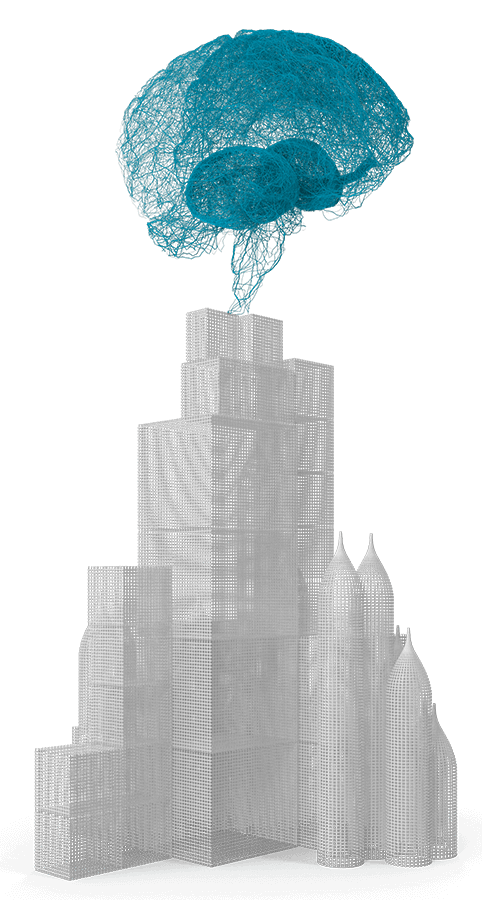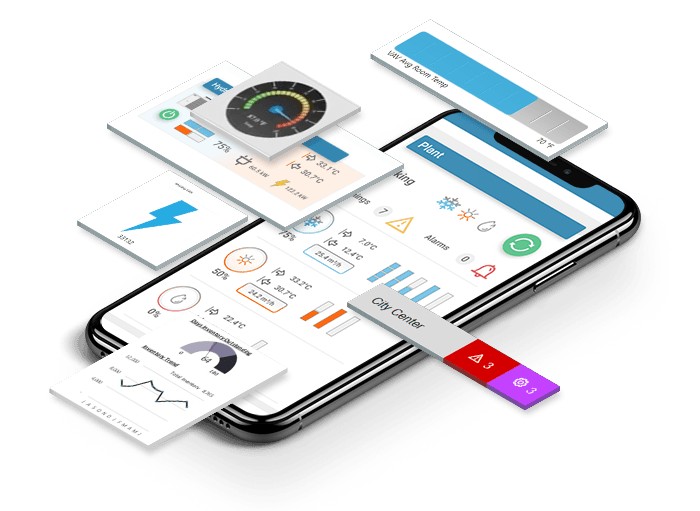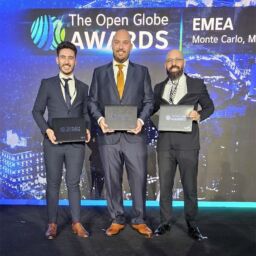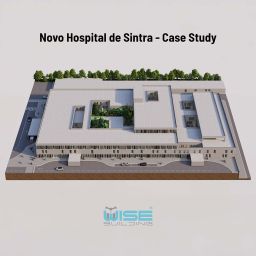The concept of smart cities has been gaining ground in recent years, as metropolises around the world look for innovative solutions to tackle growing urban challenges. With the integration of building management and IoT devices, these cities are taking a proactive approach to connecting and improving infrastructure, efficiency, convenience and quality of life for residents and visitors.
But do you know what a smart city is?
To summarise: A smart city is a framework, predominantly made up of Information and Communication Technologies (ICT), for developing, deploying and promoting sustainable development practices to meet the growing challenges of urbanisation. And there are many…
Urbanisation is a constantly growing phenomenon. Currently, 54 per cent of people worldwide live in cities, and this proportion is expected to reach 66 per cent by 2050. With population growth, urbanisation could add another 2.5 billion people to cities over the next three decades. Smart cities are emerging as a response to this challenge.
It must be borne in mind that all the systems that form part of any strategy for smart city, must be perfectly integrated with each other, and we must consider that they will be constantly evolving, taking into account present and future challenges, which include not only the “stationary” of the city itself, but also the transport that flows through it, the climate, the geology and many other external factors.
Let’s explore some concrete examples:
- Data is at the centre of Seoul’s smart city projects. By accumulating and analysing urban patterns such as traffic flow, speed and air quality, measured by sensors and CCTV installed throughout the city, a solid foundation has been created for intelligent infrastructure and services.
- In New York, the Department of Transportation’s “Midtown in Motion” initiative has improved journey times on Midtown avenues by 10 per cent.
- In Barcelona, the city has implemented intelligent parking sensors that inform drivers of available spaces, reducing the time spent looking for parking.
- In London, smart traffic lights adjust in real time based on traffic flow.
- In Amsterdam, the city has built autonomous delivery boats called “roboats” to keep things moving on time. It has also created a floating village of houses, solving the city’s overcrowding problem with a sustainable and energy-efficient alternative. Energy is generated in the communities and the houses receive water directly from the river and filter it in their tanks. None of this is possible without shared data and the city’s data is available online to everyone.
- In Copenhagen, the city is integrating solar panels and wind turbines into its electricity grid.
- Singapore (country and capital) is perhaps the best and most developed example of a smart city in the world with its “Smart Nation” initiative. One example of its programme is the implementation of a digital health system to help relieve the pressure of an ageing population, standardising video consultations as well as introducing portable Internet of Things (IoT) devices to monitor patients.
- For Zurich, it all started with a street lighting project. The city introduced a series of street lamps that adapted to traffic levels via sensors, which increased or decreased the brightness accordingly. The project led to energy savings of up to 70 per cent.
- Oslo is home to a wide range of Smart City projects, from electric buses, zero-emission construction sites and retrofitting existing buildings to the development of waste management and green energy systems based on circular models.
- Portugal also has some examples of cities with a relative degree of development at this level, mainly Lisbon, but also Porto, Aveiro, Leiria, Viseu, just to name a few.
Sustainability is more than just a buzzword; it’s a necessity. Smart cities can integrate renewable energy sources into their energy mix, guaranteeing a clean and sustainable energy supply for their inhabitants and, at the same time, making the most of existing resources.
One of the main objectives of a smart city is to improve the quality of life of its citizens, both indoors and outdoors. IoT technologies and data are advancing a wide range of urban services, buildings and infrastructures to achieve this goal. In particular, smart buildings utilise a range of IoT devices with real-time measurements to support these objectives, including the following:
- monitoring water consumption
- air quality monitoring
- measuring energy consumption
- lighting control
- counting people
- temperature control
- parking sensors


In digital cities, connected cameras, smart road systems and public safety monitoring systems can provide an additional layer of protection and emergency support to help citizens when needed.
But what about protecting smart cities themselves from vulnerabilities?
How can we defend ourselves against hacking, cyber-attacks and data theft?
In cities where several participants share information, how can we trust that the participants are who they say they are?
And how do we know that the data they communicate is true and accurate?
The answers lie in physical data vaults and strong authentication and ID management solutions. Smart cities can only work if we can trust them.
All partners in the ecosystem – governments, companies, software vendors, device manufacturers, energy providers and network service providers – must do their part and integrate solutions that respect four fundamental security objectives:
- Availability: Without access to actionable, real-time and reliable data, the smart city cannot thrive. The way information is collected, distilled and shared is key, and security solutions must avoid adverse effects on availability.
- Integrity: Smart cities depend on reliable and accurate data. Measures must be taken to ensure that data is accurate and free from manipulation.
- Confidentiality: Some of the data collected, stored and analysed will include sensitive details about the consumers themselves. Measures must be taken to prevent unauthorised use.
- Responsibility: Users of a system must be responsible for their actions. Their interactions with sensitive systems must be recorded and associated with a specific user. These records must be difficult to falsify and have reliable integrity protection.
Strong authentication and ID management solutions must be integrated into the ecosystem to ensure that data is only shared with authorised parties in order to achieve these fundamental security objectives.
The solutions also protect backend systems against intrusions and hacking. Fortunately, legislation is being introduced to address threats and potential market failures due to growing concerns about digital security.
Citizen Participation: Putting People at the Centre of Transformation
At the heart of any smart city are its citizens. Through digital platforms and applications, greater interaction between inhabitants and the city administration is possible, ensuring that the voice of citizens is heard and taken into account in urban decisions. Citizens should be able to report problems, such as potholes in the roads or faulty street lighting, borrow portable sensors to measure different phenomena in their neighbourhoods and share the data with the community, participate in the co-production of public services and, of course, be encouraged to take part in urban decision-making.
In conclusion, the transformation to smart cities represents a revolution in the way we live, work and interact with our urban environment. With the right combination of technology and citizen participation, the future of smart cities seems unstoppable.
WiseBuilding® is technically qualified to support any project that promotes the integration of various technical systems in a broad strategy to create or expand intelligent urban infrastructures. Contact us.
WISEFRAMEWORK is a BACnet B-AWS certified software solution for state-of-the-art integration, control, management and visualisation in building automation systems. Designed to redefine the way buildings are operated through an open platform and seamless harmonisation between building-generated data by supporting multiple protocols including BACnet, Modbus, KNX, OPC-UA and MQTT. Through the use of Haystack technology, the software also empowers the building for the future at the forefront in the integration of the various technical systems.










